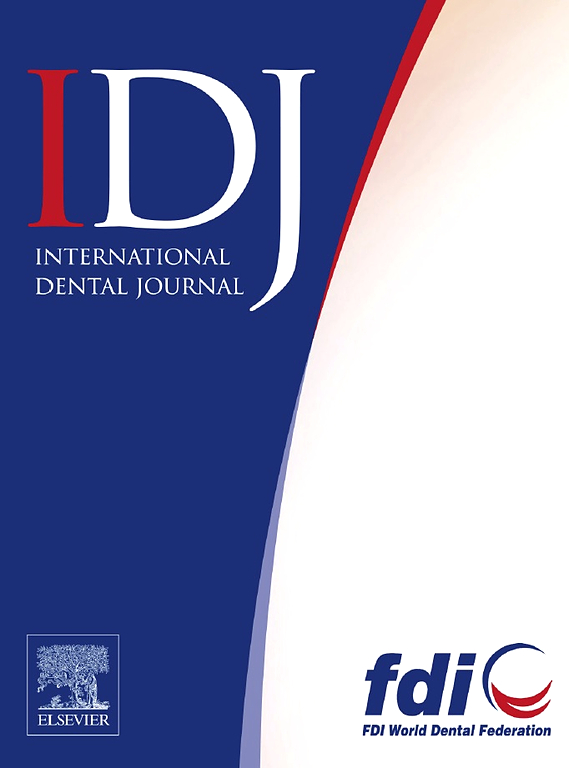Can Large Language Models Serve as Reliable Tools for Information in Dentistry? A Systematic Review
IF 3.2
3区 医学
Q1 DENTISTRY, ORAL SURGERY & MEDICINE
引用次数: 0
Abstract
Large language models (LLMs) have gained popularity among dental students for generating subject-related answers. However, their widespread use raises significant concerns about misinformation. This systematic review aims to critically evaluate studies assessing the performance of LLMs in dentistry. A comprehensive electronic search was conducted in PubMed/Medline, Scopus, Embase, Web of Science, Google Scholar, and the Saudi Digital Library to identify studies published up to September 2024. The study quality was assessed using the Prediction Model Risk of Bias Assessment Tool (PROBAST). A total of 2030 studies have been identified. After removing 907 duplicate records, 1123 studies remained for screening. Ultimately, 31 studies met the inclusion criteria. Approximately half of these studies were classified as “high risk,” while the remainder were classified as “low risk.” The applicability of the findings was rated as “low concern.” The primary limitations of LLMs include their inability to specify information sources and their tendency to generate fabricated citations. Based on this review, LLMs hold promise as supplementary educational tools in dentistry. Evidence indicates that students using LLMs may achieve improved academic performance compared to traditional methods. However, concerns about occasional inaccuracies and unreliable citations underscore the need for further research, integration with validated sources, and adherence to ethical guidelines. Ultimately, LLMs should be viewed as complementary tools within dental education, with careful consideration of their limitations.
大型语言模型可以作为牙科信息的可靠工具吗?系统回顾
大型语言模型(llm)在牙科学生中越来越受欢迎,因为它可以生成与主题相关的答案。然而,它们的广泛使用引发了对错误信息的严重担忧。本系统综述旨在批判性地评价评估牙科法学硕士表现的研究。在PubMed/Medline、Scopus、Embase、Web of Science、b谷歌Scholar和沙特阿拉伯数字图书馆进行了全面的电子搜索,以确定截至2024年9月发表的研究。采用预测模型偏倚风险评估工具(PROBAST)评估研究质量。总共有2030项研究被确认。在删除907个重复记录后,仍有1123个研究有待筛选。最终,31项研究符合纳入标准。这些研究中大约有一半被归类为“高风险”,而其余的被归类为“低风险”。研究结果的适用性被评为“低关注”。法学硕士的主要限制包括他们无法指定信息来源和他们倾向于产生捏造的引用。基于这一综述,法学硕士有望作为牙科辅助教育工具。有证据表明,与传统方法相比,使用法学硕士的学生可能会取得更好的学习成绩。然而,对偶尔不准确和不可靠的引用的担忧强调了进一步研究的必要性,整合经过验证的来源,并遵守伦理准则。最终,法学硕士应被视为牙科教育的补充工具,并仔细考虑其局限性。
本文章由计算机程序翻译,如有差异,请以英文原文为准。
求助全文
约1分钟内获得全文
求助全文
来源期刊

International dental journal
医学-牙科与口腔外科
CiteScore
4.80
自引率
6.10%
发文量
159
审稿时长
63 days
期刊介绍:
The International Dental Journal features peer-reviewed, scientific articles relevant to international oral health issues, as well as practical, informative articles aimed at clinicians.
 求助内容:
求助内容: 应助结果提醒方式:
应助结果提醒方式:


